Petal Blight
Kathy Rivera
11 years ago
Related Stories
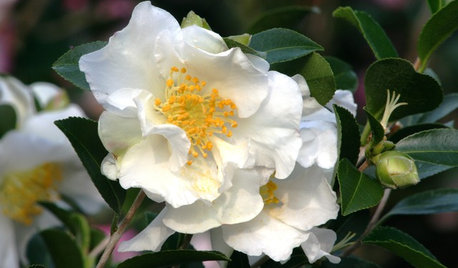
FLOWERSGreat Design Plant: Sasanqua Camellia
Pretty fall flowers belie this plant's hardworking nature and relative tough attitude toward disease
Full Story
GARDENING GUIDESGreat Design Plant: Knock Out Roses
As glorious as their high-maintenance kin for a fraction of the work, Knock Out roses make even beginners look like garden stars
Full Story
EDIBLE GARDENSSummer Crops: How to Grow Squash
Almost foolproof and with cheerful flowers, squash comes in a wide range of varieties to plant in spring
Full Story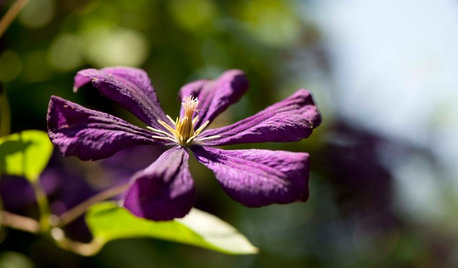
GARDENING GUIDESSoutheast Gardener's March Checklist
Start fresh by envisioning new plant combinations as you tend to fruit trees and rosebushes — and watch out for those darned voles
Full Story
TREESGreat Design Plant: Downy Serviceberry
Plant this sculptural tree in fall or spring for year-round interest and graceful beauty
Full Story
GARDENING GUIDES9 Low-Growing Hedges That Make Good Neighbors
Define garden areas or borders without blocking the view, with these evergreen shrubs that take kindly to trimming
Full Story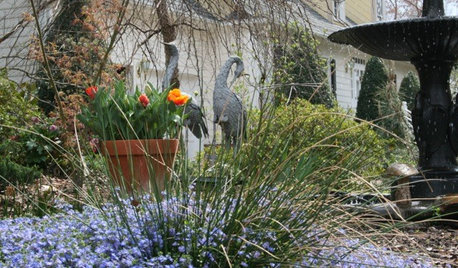
SOUTHEAST GARDENINGSoutheast Gardener's January Checklist
Resolve to see your garden with fresh eyes this year while you plant, plan and take care of necessary maintenance
Full Story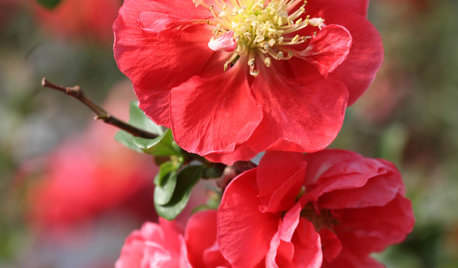
WINTER GARDENINGCalifornia Gardener's January Checklist
Winter-defying blooms and pruning saws earn a cheer, while California-focused gardening design books get a well-deserved shout-out
Full Story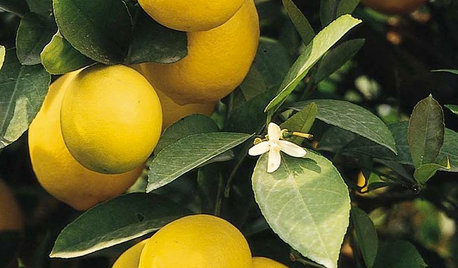
CALIFORNIA GARDENINGCalifornia Gardener's February Checklist
Celebrate 5 California classics: plants that defy winter with bright flowers, luscious fragrance and, for some, delicious taste
Full Story





rhodyman
akamainegrower
Related Professionals
Franconia Landscape Architects & Landscape Designers · Manhattan Beach Landscape Architects & Landscape Designers · Peabody Landscape Contractors · Bound Brook Landscape Contractors · Brunswick Landscape Contractors · Chelmsford Landscape Contractors · Deer Park Landscape Contractors · Kerman Landscape Contractors · New Cassel Landscape Contractors · Salmon Creek Landscape Contractors · San Benito Landscape Contractors · Stony Brook Landscape Contractors · Woodland Landscape Contractors · Markham Landscape Contractors · Maplewood Landscape ContractorsKathy RiveraOriginal Author
akamainegrower
rhodyman
davidrt28 (zone 7)